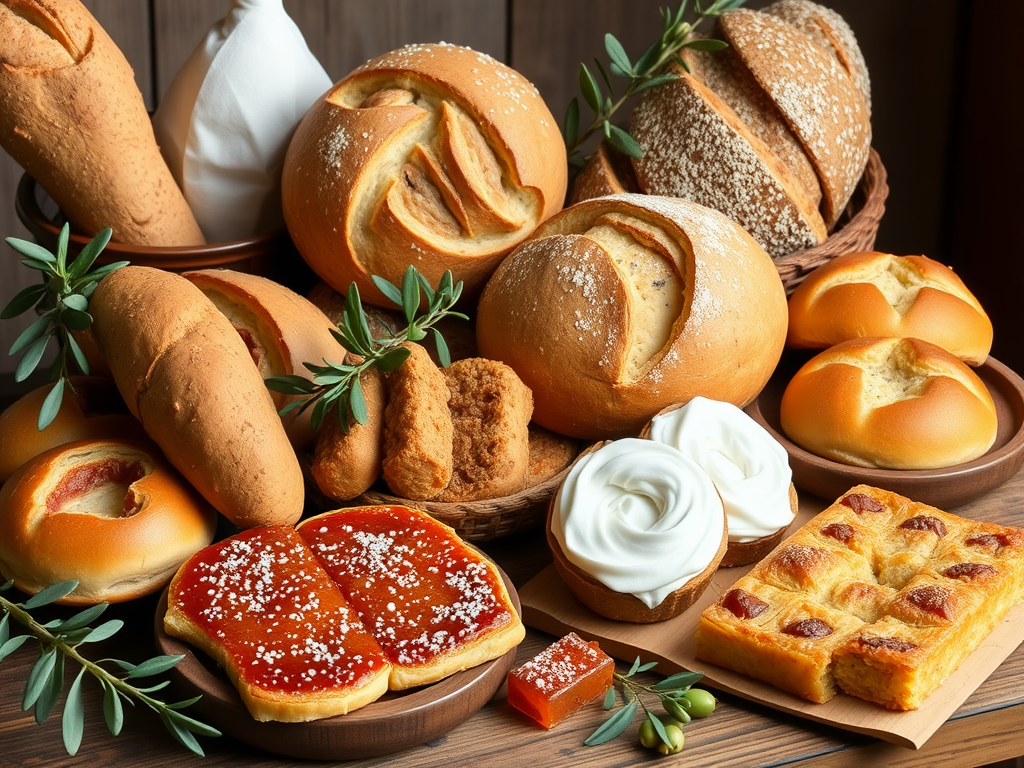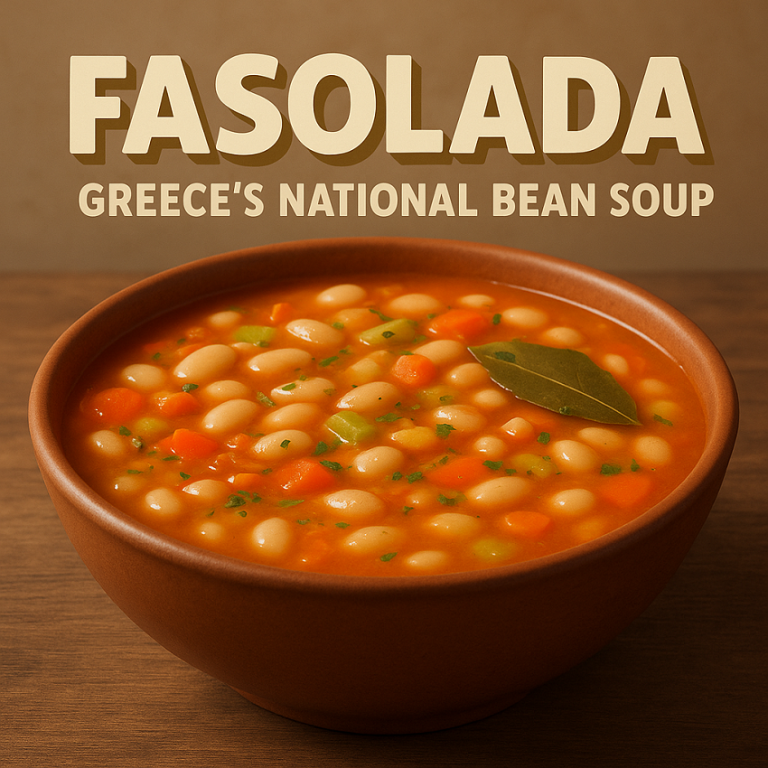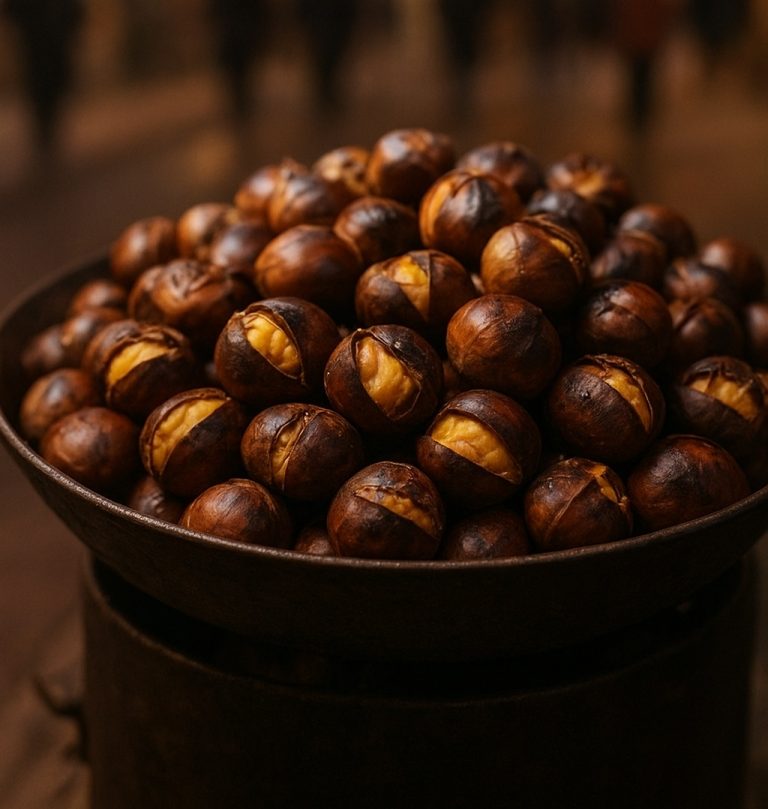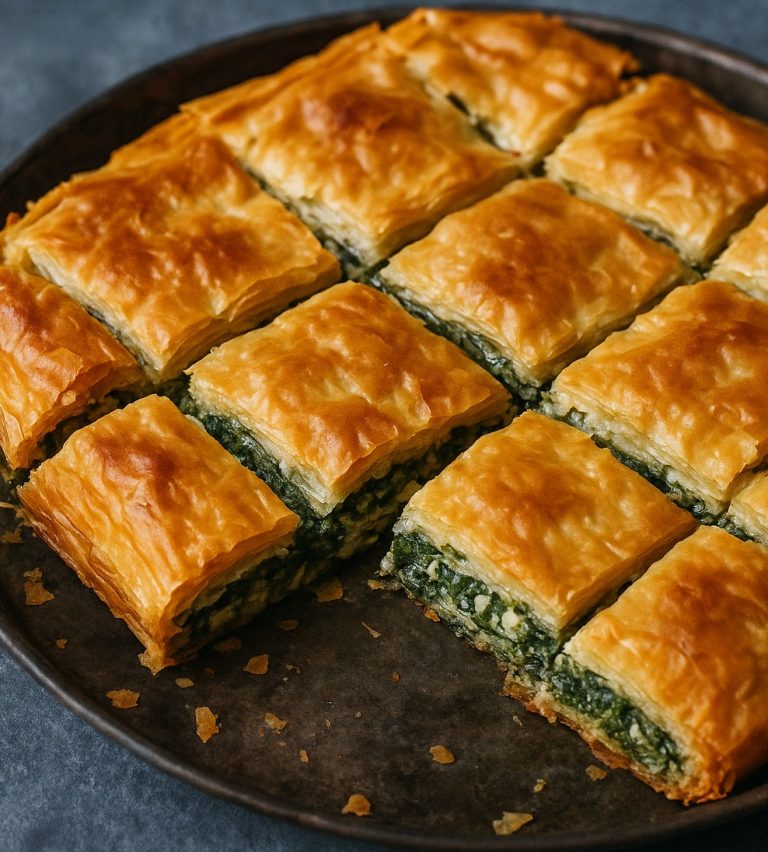
Greece is renowned for its rich culinary traditions, and its baked goods are no exception. From rustic breads to sweet pastries, the diversity of Greek baked goods reflects the country’s history, culture, and regional ingredients. Here’s a deeper look at some of the most beloved baked goods in Greece, exploring their origins, ingredients, and cultural significance.
Traditional Greek Breads
1. Kritikos Psomi
Originating from Crete, Kritikos Psomi is a rustic bread made with whole wheat flour, water, salt, and yeast. Often kneaded by hand, this bread embodies a traditional method of baking that has been passed down through generations. Its dense texture and hearty flavor make it a staple in Cretan households, where it is commonly served with olive oil, local cheeses, or cured meats. The addition of local herbs, such as rosemary or thyme, enhances its flavor and reflects the island’s rich agricultural heritage.
2. Lagana
Traditionally baked for Clean Monday, which marks the beginning of Lent, Lagana is a flatbread that is topped with sesame seeds. Its soft, airy texture and slight sweetness make it a popular choice, especially during the fasting period. Lagana is often enjoyed with olives, spreads, or simply drizzled with olive oil. Its preparation involves a unique method of fermentation, which adds to its delightful flavor and aroma.
3. Choriatiko Psomi
This village bread, or “country bread,” is typically made with a mixture of flours, including barley and wheat. Characterized by its crusty exterior and chewy interior, Choriatiko Psomi is perfect for accompanying hearty Greek dishes like stews and roasted meats. Its preparation often involves using a traditional wood-fired oven, which imparts a distinct smoky flavor that enhances its rustic charm.
Sweet Pastries
1. Baklava
Perhaps the most famous Greek dessert, baklava consists of layers of phyllo dough filled with chopped nuts—often walnuts, pistachios, or almonds—and sweetened with honey syrup. Each region has its own twist on baklava, with variations in spices such as cinnamon or clove. The process of making baklava is intricate, requiring careful layering and precise baking to achieve the perfect balance of texture and sweetness. It is often served during celebrations and special occasions, symbolizing abundance and hospitality.
2. Galaktoboureko
This custard-filled pastry is encased in crispy phyllo and soaked in syrup, creating a delightful contrast of textures. The creamy filling, often flavored with lemon or orange, adds a refreshing note to this rich dessert. Galaktoboureko is typically served warm, allowing the flavors to meld beautifully. It is a popular choice for festive gatherings and showcases the artistry of Greek pastry chefs.
3. Kourabiedes
Kourabiedes are almond shortbread cookies that are a holiday favorite, particularly during Christmas. Made with butter, sugar, and ground almonds, these rich cookies are rolled into balls and coated in powdered sugar. The result is a melt-in-your-mouth treat that pairs perfectly with coffee or tea. Tradition dictates that these cookies are made in large batches, allowing families to share them with friends and neighbors during the festive season.
Regional Specialties
1. Bougatsa
A beloved breakfast item, bougatsa can be filled with sweet custard or savory fillings like cheese or minced meat. Originating from Thessaloniki, bougatsa has become a popular street food throughout Greece. It is often enjoyed hot, with powdered sugar and cinnamon sprinkled on top, creating a delightful combination of flavors. The flaky texture of the phyllo dough, combined with the rich fillings, makes bougatsa a versatile and satisfying meal at any time of day.
2. Tsoureki
Tsoureki is a sweet, braided bread traditionally served during Easter celebrations. Flavored with mahleb, a spice made from cherry pits, and often adorned with colorful dyed eggs, tsoureki is a symbol of rebirth and renewal. Its soft, fluffy texture and sweet aroma fill homes during the Easter season, making it a cherished part of Greek festivities. Families often share this bread as a gesture of goodwill and togetherness.
3. Raisin Bread
In many regions, especially the islands, bakers create delicious raisin breads that incorporate local raisins and nuts. This bread is typically enjoyed as a snack or breakfast item and is often paired with cheese or yogurt. The sweet, fruity flavor of the raisins complements the hearty texture of the bread, making it a favorite among both locals and visitors.

Cultural Significance
Greek baked goods are not just culinary delights; they are deeply intertwined with the culture and traditions of the country. Many baked items are associated with specific celebrations, rituals, and family gatherings. For instance, bread is often blessed in religious ceremonies, symbolizing the sustenance provided by the earth. Similarly, pastries are frequently shared during festive occasions, reinforcing bonds between family and friends.
Moreover, the art of baking has been passed down through generations, preserving family recipes and techniques that reflect regional identities. Each region boasts its own specialties, influenced by local ingredients and historical influences, creating a rich tapestry of flavors across the country.
Conclusion
Greek baked goods are a testament to the country’s rich culinary heritage. From sweet pastries that delight the senses to hearty breads that nourish the body, each item tells a story of tradition, culture, and community. Embracing these baked delights allows you to experience the warmth and hospitality that Greece is known for. Whether enjoyed at a family gathering or a local bakery, the flavors of Greece invite you to savor the country’s history and traditions with every bite.



